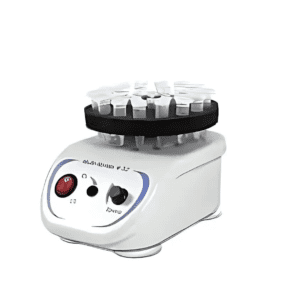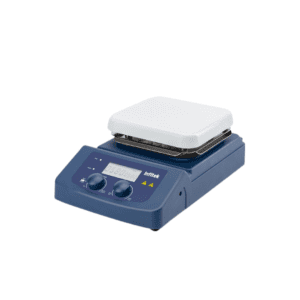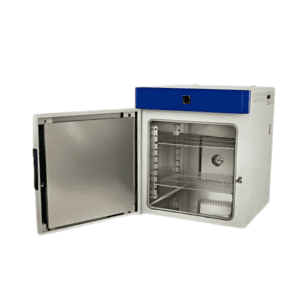Multi-Channel Pipettes
Description
Multi-channel pipettes are essential tools in modern laboratories, enabling researchers to transfer multiple liquid samples simultaneously with precision and accuracy. By facilitating parallel sample processing, these pipettes significantly improve throughput and consistency, making them invaluable in various applications such as PCR setup, ELISA assays, and high-throughput screening.
Types of Multi-Channel Pipettes:
- Manual Multi-Channel Pipettes:
Description: Operated by hand, these pipettes typically feature 8 or 12 channels, allowing for the simultaneous dispensing of liquids into corresponding wells of 96-well or 384-well plates.
Applications: Ideal for routine tasks that require consistent and reliable liquid handling without the need for electronic programming.
- Electronic Multi-Channel Pipettes:
Description: Equipped with electronic controls, these pipettes offer programmable settings, adjustable tip spacing, and customizable dispensing modes.
Applications: Suited for complex protocols that demand flexibility, reproducibility, and integration with automated systems.
Key Features:
- Channel Configuration: Multi-channel pipettes are commonly available in 8, 12, 16, or 24-channel configurations, catering to various plate formats and application requirements.
- Volume Range: These pipettes can handle volumes ranging from as low as 0.5 µL to 1000 µL, depending on the model, ensuring versatility across different experimental needs.
- Ergonomics: Designed to reduce user fatigue, features such as lightweight construction, comfortable grips, and minimal plunger forces are incorporated to enhance user comfort during repetitive tasks.
- Tip Compatibility: Most multi-channel pipettes are compatible with a wide range of disposable tips, including filter tips, to prevent cross-contamination and accommodate various sample types.
Applications:
- Polymerase Chain Reaction (PCR) Setup: Efficiently aliquotting reagents into multiple PCR tubes or plates.
- Enzyme-Linked Immunosorbent Assay (ELISA): Consistently dispensing samples and reagents into microplate wells.High-Throughput Screening: Managing large volumes of samples in drug discovery and genomics research.
- Cell Culture Work: Accurately distributing media, reagents, or cells into multi-well plates.
Benefits: - Increased Throughput: By handling multiple samples simultaneously, multi-channel pipettes accelerate workflows and data collection.
- Enhanced Reproducibility: Simultaneous dispensing minimizes variability between samples, ensuring consistent results.
- Reduced Contamination Risk: Using a single pipette for multiple samples decreases the likelihood of cross-contamination compared to using multiple single-channel pipettes.
- Cost-Effectiveness: By streamlining processes and reducing the need for multiple single-channel pipettes, laboratories can optimize resource utilization.
Maintenance and Safety Tips:
- Regular Calibration: Ensure pipettes are calibrated periodically to maintain accuracy and precision.
- Proper Cleaning: Clean pipette components regularly, especially after working with viscous or volatile substances, to prevent clogging and contamination.
- Use Appropriate Tips: Always use tips compatible with your pipette model to ensure optimal performance and prevent damage.
- Training: Provide adequate training for users to handle pipettes correctly, minimizing the risk of repetitive strain injuries and ensuring reliable results.
Incorporating multi-channel pipettes into laboratory workflows enhances efficiency, accuracy, and consistency, making them indispensable tools for modern scientific research and diagnostics.





